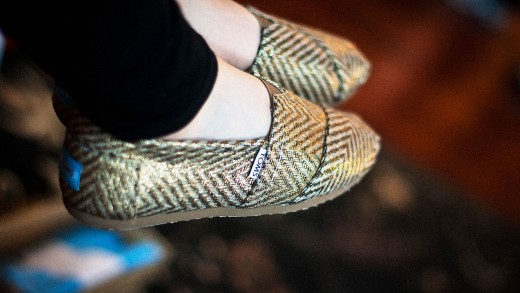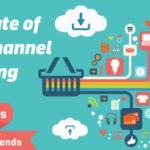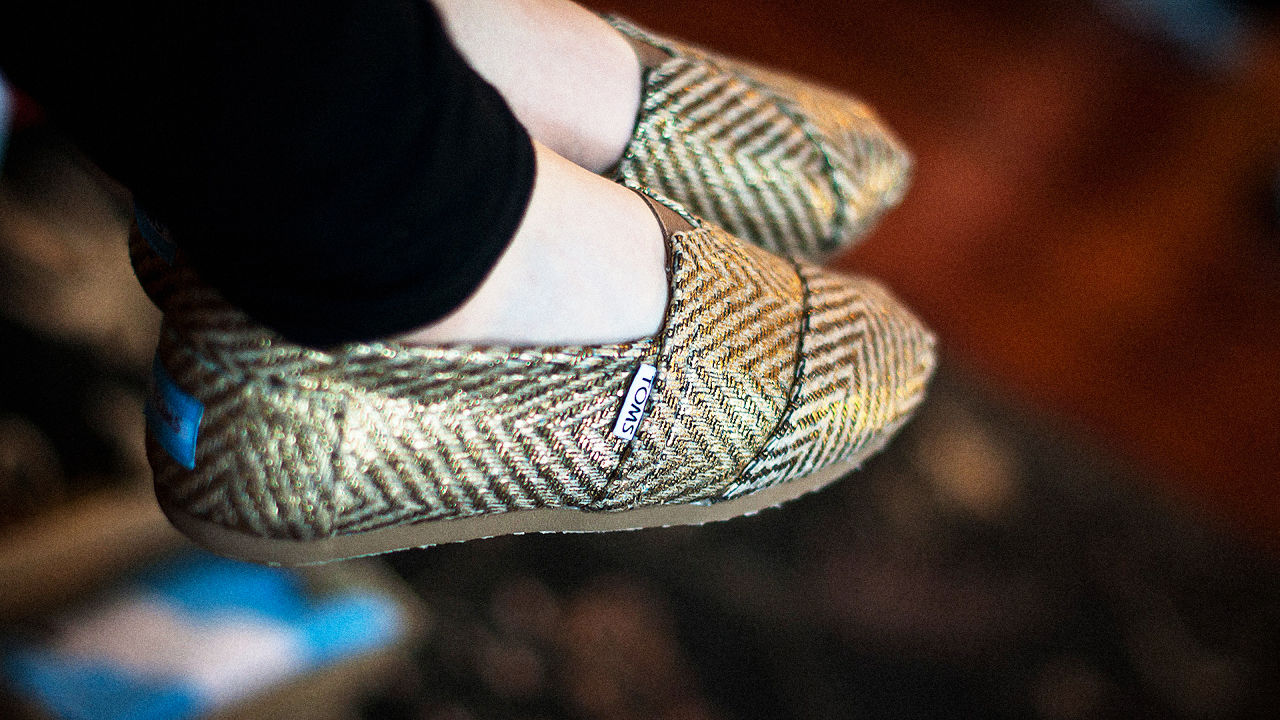The purchase-One-give-One model would possibly Make you feel good, nevertheless it would not Make the sector better
Your socially acutely aware purchasing choices do not mitigate your place in a damaging global gadget.
November 17, 2015
Drink a latte from Starbucks to assist finish HIV / AIDS, run a 5K to enhance a charity, or activity a tote bag to aid natural disaster aid efforts. Initiatives that help you combine your purchases with slightly social alternate are all over the place at the moment. you might have a look at these opportunities—and the entire individuals eagerly telling you about their participation in them on social media—and assume that our society seems to be evolving into something extra empathetic and ethically-minded, at last confronting tough social considerations and offering everybody a possibility to lend a hand.
but is that in reality what’s taking place?
in case you cast a crucial lens on these initiatives by taking into account them in a wider context—in the event you take a look that lasts longer than scrolling prior a picture of latte—something much more insidious finds itself. The variety of initiatives that supply opportunities to impact everything from water get admission to to ladies’s empowerment is spectacular, but they all have one thing in well-liked: they’re flashy but flat efforts that use consumption as the vehicle for participation, and are designed more to create social capital for customers than to make a good, world influence.

The now-ubiquitous purchase-to-give efforts seem on the surface to be socially-conscious initiatives that work towards a better world, a notion that stems from the perception that no doubt there’s nothing incorrect with buying one thing that helps a just right lead to. in case you’re going to purchase a watch, why now not purchase 1:Face’s surroundings Watch that gives somebody a stove within the course of? To be clear, acutely aware consumerism isn’t the issue—all production should be fair trade and ethical. We must all use our buying power correctly and avoid buying unsustainable objects that support tyrannical manufacturing methods. but there’s a huge difference between aware consumerism and actively fostering social change—and confusing them is bad.

The “X for just right” phenomenon is a trend. A trend will have to by no means be perplexed with a motion. developments are fashions, fleeting in nature and at all times soon to get replaced. A motion is a group of individuals working together to increase a suite of shared ideas. Working collectively—no longer shopping for together—to create transformative alternate. And that transformative alternate necessitates larger image thinking, altering the way in which programs distribute power, and focusing on results like growing self-sufficiency and get right of entry to to tools. while you merely provide an merchandise, there’s a supplier and a receiver, a have and a have not—the antithesis of equality.
Social innovators who’re catalyzing authentic transformative social exchange work to shift your entire paradigm of inequity through altering the systems that power folks into lives without, slightly than simply addressing the signs produced by way of these dangerous techniques. for instance, as an alternative of merely offering individuals with apparel, companies just like the Jubilee house community in Nicaragua co-construct cooperatives with communities, empowering populations through creating a system that permits them to provide and sell every element of a section of apparel throughout its manufacturing worth chain. that is the critical and fundamental difference between providing resources and facilitating get admission to, between creating dependence and fostering empowerment, between perpetuating damaged techniques and revolutionizing them.

purchasing is a band-help, no longer an answer, in addressing very important inequity considerations.
the favored and pervasive thought underlying buy-to-supply efforts is that, with a simple buy,we’re actively taking part in creating social trade and making the arena a greater and extra equitable position. however the place is that modify? the place is the effect, the direct link between our movements and results? The hyperlink is tenuous and the effects are underreported as a result of they hardly ever exist, and if they do, they’re not having the affect they declare to have. in reality, companies engaging in purchase-to-give efforts are within the trade of marketing ego boosts disguised as social alternate, popularized by way of our potential to craft the appearance of an altruistic persona through putting Toms shoes on our toes, artisanal jewelry made from disenfranchised ladies around our necks, and in moderation curated pictures on our social media bills.
as a result of this, corporations like Toms fare smartly—so smartly, actually, that CEO Blake Mycoskie is rolling in a net price within the lots of of tens of millions—while businesses like Kiva, which are looking for to create sustainable empowerment reasonably than merely dish out Western-determined objects, dwindle in popularity and funding. The very important distinction between firms like Kiva and Toms is that one offers its consumers tangible proof of their participation in social alternate by means of products that can be worn and photographed, steadily in exchange for one thing as petty as a like or a right-swipe, and the other does no longer. When our only connection to social change is a status merchandise, we have now to ask ourselves: who is that this effort in point of fact about?
possibly they aren’t about serving to those in want at all. relatively, they’re about feeling good about ourselves and convincing ourselves that we’re not part of the problem, that we’re someway outdoor the worldwide techniques that are inflicting the problems our buying used to be intended to solve.
In our quest for self delight, we’re exploiting the very individuals we intention to serve, chaining the powerless to the whims of the wealthy West. because these exchange methods are reliant on the worldwide elite’s passion in socially conscious consumption, they may be inherently unsustainable. What happens when the interest in poverty-alleviating-pants and AIDS-combating-sneakers fades and the goods stop flowing?
bettering issues like poverty, get entry to to training, and healthcare requires reconstruction of governance, power, and political buildings and systems, no longer sporadic influxes of arbitrary items. we need holistic techniques, no longer piecemeal efforts where a baby receives a sun-powered computer at some point and a vaccine the subsequent. those dedicated to and dealing in construction, investing their lives and energy in those who want it most, needless to say to eradicate the good humanitarian crises of our time, we need not handiest instruments and dedication but a deep understanding of local contexts—an awareness problematically absent from purchase-to-supply efforts. Ask yourself: what number of lives may have actually been remodeled if the tools we use to purchase issues for ourselves were as a substitute utilized to foster sustainable livelihoods?

with a view to be positively effective, social trade strategies have to be constructed upon an knowledgeable and sustainable groundwork with the enormous image and the long term in thoughts, not brief-sighted ideas interested in the consumer and immediate revenue. but the base line is that when communities aren’t included within the choice of what they want, their dignity and attainable to escape poverty is eroded. What’s missing from the intentionality behind these initiatives is the understanding that individuals are shrewd sufficient to resolve their own problems, and handiest lack the tools and company to behave on options. If the objective is actual social exchange, a paradigm shift is important. It’s going to take far more than consuming. We no doubt can not purchase our approach to equality and empowerment.
This piece used to function a picture of Warby Parkers “buy a Pair, supply a Pair” advertising subject material, but Warby Parker works differently than the one-for-one models mentioned right here: the company trains people within the developing world to manage eye tests and sell glasses, somewhat than giving glasses away.
[top picture: Flickr consumer Parke Ladd]
(17)














